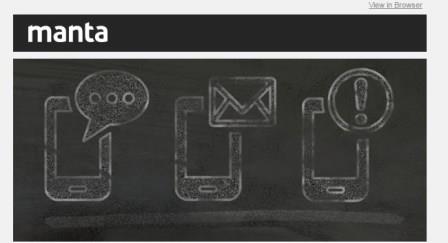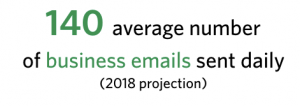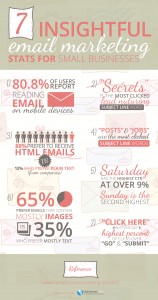Webinars can be a powerful way to generate leads for a product or service, build your brand and connect with your target audience. A good webinar involves a lot of work to prepare and promote and that work shouldn’t end there – it’s in the follow up where you begin to cement a webinar’s success.
Webinars are a source of leads
Presentations have always been used to generate hype and enthusiasm around a topic or convey a message. A webinar is often seen by your audience as an event or place to get useful content rather than an advertisement, which makes it more appealing.
The strength of a webinar is not only in lead generation but its scalability and cost-effectiveness. You can reach a large audience even with a specific topic and, because there is no space constraint, it can be much bigger than a live event.
But there is more to it than selecting a topic, promoting the webinar, getting the seats filled and holding it, though. The follow up is where much of the initial interest starts to solidify if you have a proper plan of action.
Profiling, tagging and scoring
As with all marketing, it’s important to learn all there is to learn about your audience. Try to understand who is interested in your products and why. The webinar registration and viewing behaviour can tell you a lot about the recipient, their interests and place in the customer journey.
Use this information and enrich the customer profile with interest areas and lead scoring points. Identifying segments and hot leads within your audience will allow you to target specific types of prospects more easily.
Attendees and no shows
Only about 40% – 50% of people who sign up attend a typical marketing webinar. This shouldn’t be due to lack of interest (why sign up in the first place?), people may be busy with deadlines, unplanned meetings and life in general.
So include both the attendees and no shows in your post webinar follow ups, but look to create a variation on the message; ‘Sorry you couldn’t make it’ / ‘Here’s what you missed’. To ensure you can be as reactive as possible, set up all follow up emails before you host the webinar so you can time them right in the hours and days afterwards.
Answer all questions and ask for feedback
A successful webinar can generate a lot of questions which may not be able to answer during the webinar itself so be sure to follow up and answer them.
This follow-up email below from Manta also does something extra – in addition to offering the on-demand version, it shows the next two webinars with the option to ‘save your seat’. It goes on to ask people to share their success stories, learnings and tips. You may not get a lot of people responding to this, but the qualitative feedback from those that do is gold so it’s worth adding this section in.

Share a recording of the webinar
Record your webinar so the no shows can see it and your attendees see it again. It also allows people to show it to colleagues and share it on social sites.
By giving people a way to view your webinar, you are giving them a chance to view the content in their own time. According to research, a 25% boost of viewings can be made through posting a recording.
Another idea is to post snippets of your webinar so people can see parts of it without having to watch the whole. This is a way of recycling content and gives them the information you want them to see, while making it more convenient for them.
The replay doesn’t have to stay live forever and making it available for a short time after it’s posted could even work in your favour by creating a sense of urgency.
Engaging leads is one of the most important things companies can do in order to sustain sales so a clear, easy to read email follow-up is key. Subject lines designed to encourage email opens are also important to get right. Some ideas are:
Top ten [event name] takeaways for [target group]
[First name], missed Today’s webinar? See it here until Sunday
[Brand name] webinar replay
[Topic] webinar now available on demand
Offer the slides
Don’t forget other formats. Some people prefer to flip through a slide deck rather than watch a webinar. Ensure the slides present the content in an interesting and digestible way and cover the key points from the webinar.
Host the slides on your own site rather than linking directly to places like Slideshare to get people directly to your site.
All of these practices build on one simple idea – the execution a good post-webinar follow up using email as the central driver.
You need to keep engaging with your leads after your webinar, give them more information, answer their questions and make sure that they stay interested in order to sustain engagement with your company and it’s products and services.
Digital & Social Articles on Business 2 Community(82)
Report Post





